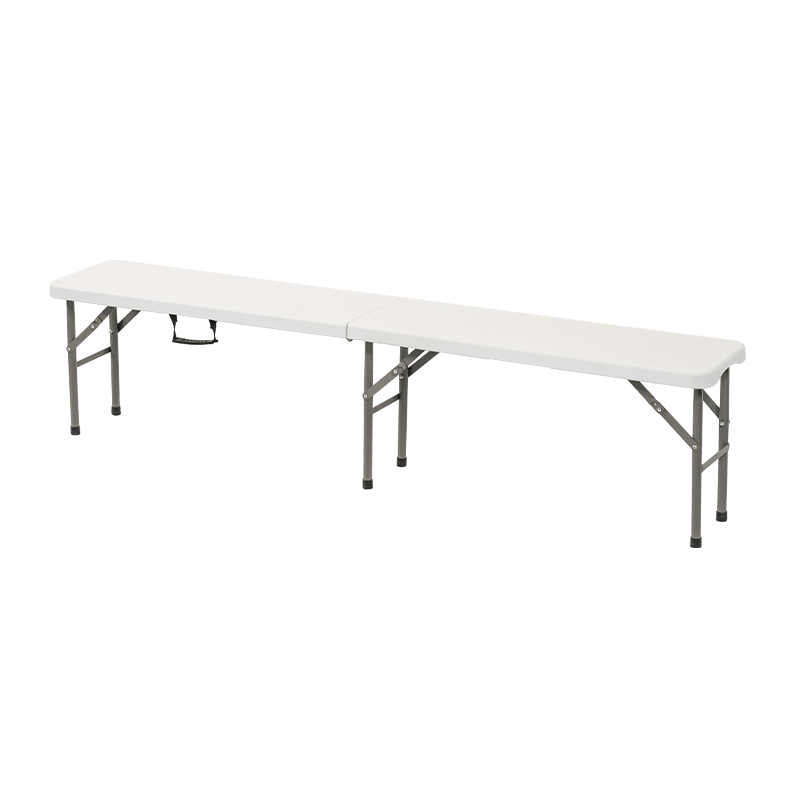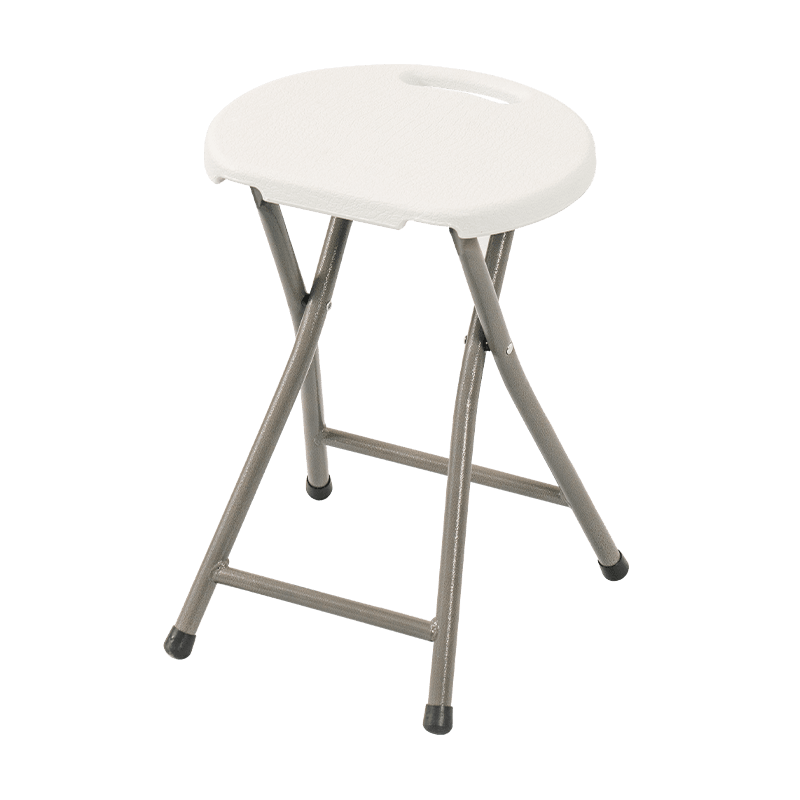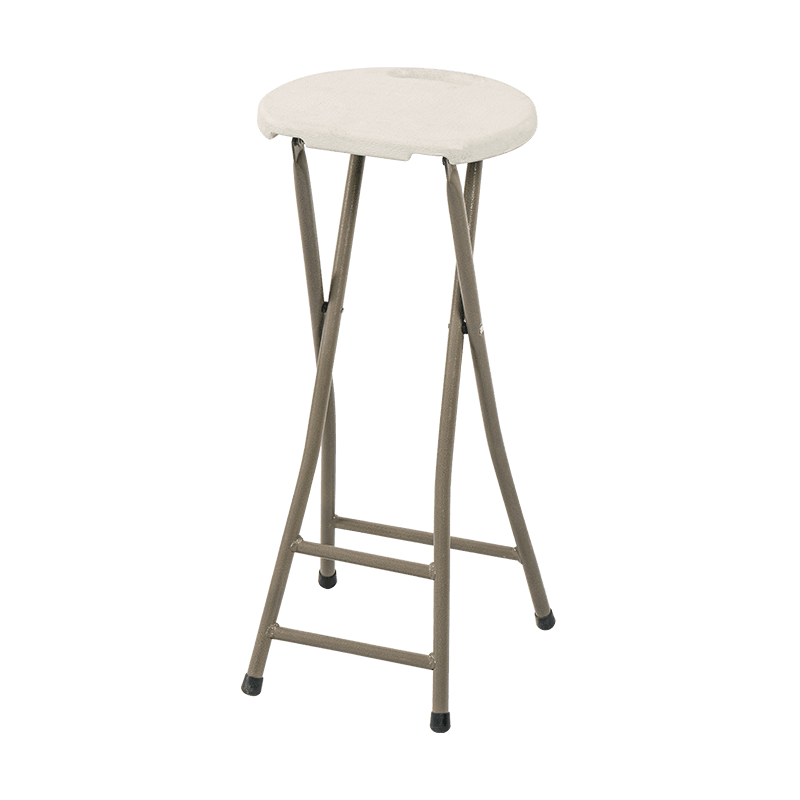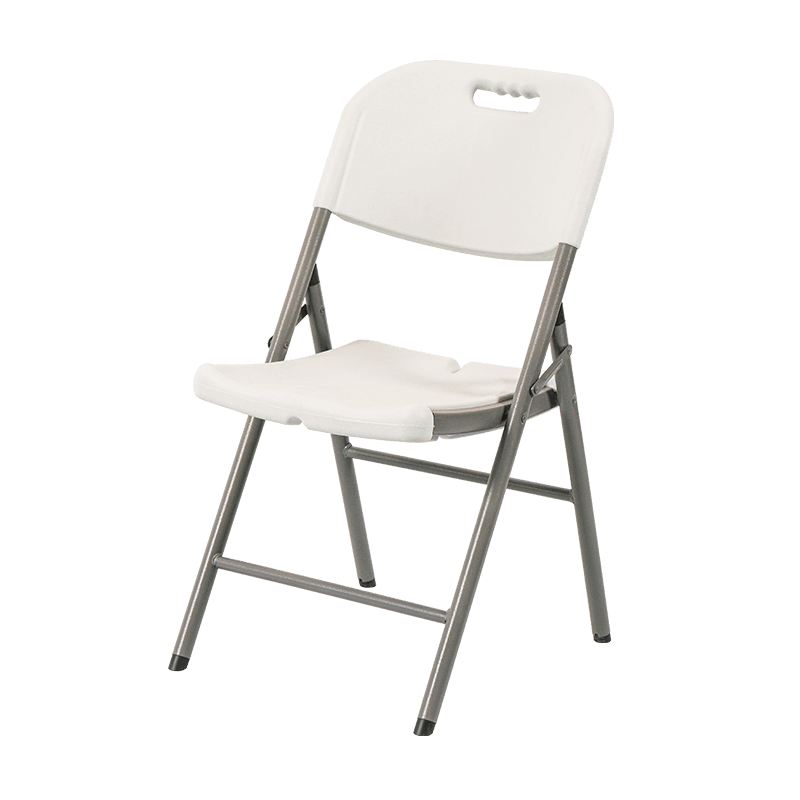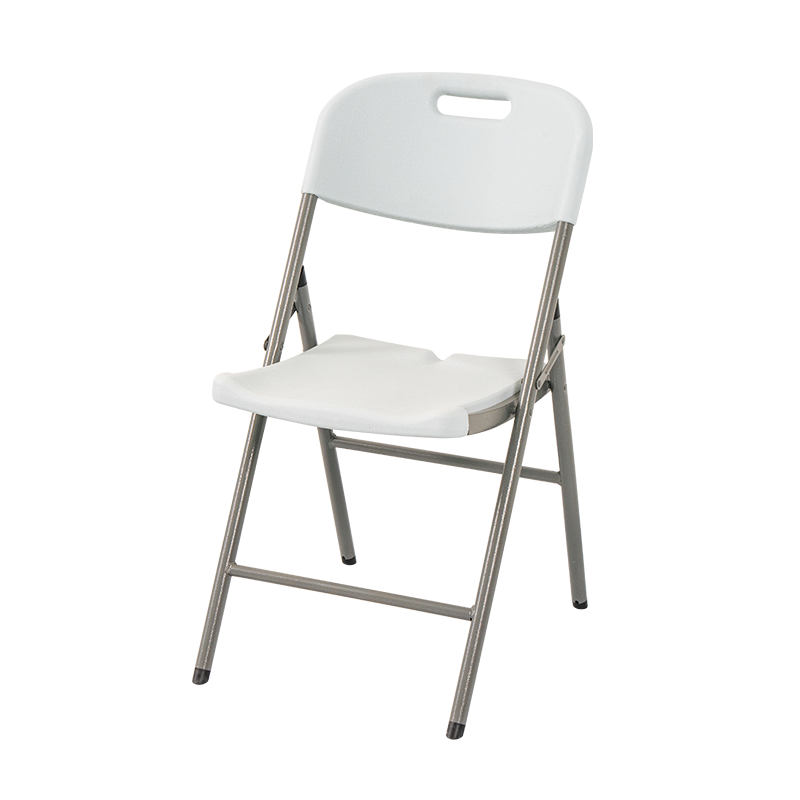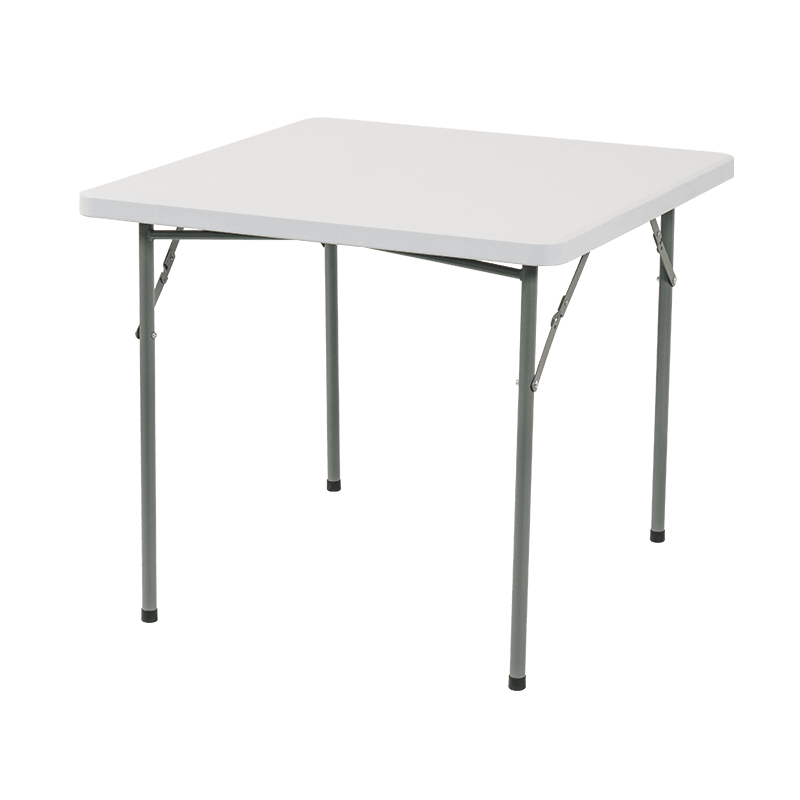How to Choose the Right Portable Folding Table for Your Outdoor Adventures
Content
Whether you're planning a camping trip, hosting a tailgate party, or just enjoying a picnic in the park, a portable folding table can be a game-changer when it comes to convenience, comfort, and practicality. These tables provide a portable and flexible solution for eating, working, playing games, or organizing your gear in outdoor settings. However, with so many different styles, sizes, and materials available, choosing the right one for your specific needs can be overwhelming.
Consider the Size and Weight Capacity
Before choosing a portable folding table, think about how much space you need and the weight capacity required for your activities. The right size depends on the number of people you plan to accommodate and what you'll use the table for.
Size:
- For solo travelers or couples, a small, compact table with a 2-4 person capacity (around 30" x 30" or 36" x 24") is often sufficient.
- For larger groups or family outings, you may want a larger table, with dimensions around 48" to 60" to comfortably seat 6-8 people.
Weight Capacity:
- Ensure that the table can support the weight of the items you plan to place on it. If you're using it to set up a portable stove, food, or heavy gear, opt for a heavier-duty model with a higher weight capacity. Tables typically range from 50 to 300 lbs depending on their construction and purpose.
Choose the Right Material
The material of the portable folding table is crucial in determining its durability, weight, and resistance to the elements. The most common materials used are:
- Aluminum: Lightweight, rust-resistant, and durable, aluminum tables are a great choice for most outdoor activities. They are easy to transport and can handle moderate weather conditions, though they may not support extremely heavy loads.
- Steel: Steel tables are heavier but are much sturdier and can handle larger loads. They are ideal for setting up heavy-duty equipment but might be less convenient for long hikes or travel due to their weight.
- Wood: Wood folding tables offer a classic, natural look, and are often used for picnics or aesthetic purposes. They provide a stable and sturdy surface, but they are heavier and can be more vulnerable to the elements. Look for weather-treated wood if you're using it outdoors regularly.
- Plastic: High-density polyethylene (HDPE) or similar plastic tables are often the most affordable option. They are lightweight, resistant to spills, and easy to clean, making them a great choice for family picnics or casual outdoor activities.
Portability and Setup Ease
One of the key advantages of a portable folding table is its ease of transport and storage. Consider the following features that can make a table easier to carry and set up:
- Weight: For backpacking or activities where weight is a concern, opt for a lightweight aluminum or plastic table. Ideally, look for a model that weighs between 5 and 15 lbs for easy portability.
- Compactness: A good portable folding table should collapse into a compact size for storage and transport. Some tables even fold down into a briefcase-style carry case with built-in handles, making them easy to carry.
- Setup: Look for a table that sets up and folds down easily. Many tables have a simple, quick-release lock system, which allows you to unfold and secure the table in just a few seconds.
- Carrying Handle or Case: Some tables come with a built-in handle, making them more convenient for carrying. Alternatively, check if the table comes with a carrying bag for easy transport.
Stability and Terrain Adaptability
When you're outdoors, the terrain is often uneven, and a stable table is essential for preventing spills and ensuring that your items stay secure. Consider the following features to improve stability:
- Leg Adjustability: Some portable folding tables come with adjustable legs, which allow you to level the table on uneven ground. This feature can be especially helpful when you're camping on sloped terrain.
- Anti-Slip Feet: Look for tables with rubberized feet or anti-slip caps on the bottom of the legs to keep the table stable and prevent it from sliding around on slick surfaces.
- Cross-Bracing: For added durability and stability, especially in windy conditions, choose a table with cross-braced legs or a solid frame structure to prevent wobbling.
Weather Resistance
Outdoor adventures can expose your table to harsh weather, including rain, wind, and intense sunlight. Choose a table that is built to withstand these conditions:
- Water Resistance: Choose a table made from water-resistant materials (like aluminum or plastic), or one with a waterproof coating to prevent warping or degradation in wet conditions.
- UV Resistance: If you're frequently using your table in sunny climates, ensure that the surface is UV-resistant to prevent discoloration and damage from prolonged exposure to the sun.
- Wind Resistance: If you're using your table in windy environments, you may want to look for a model with sturdy legs and low profiles to reduce the risk of it tipping over.
Additional Features
Some portable folding tables come with extra features that can enhance your outdoor experience:
- Built-in Storage or Shelves: Some tables come with extra shelves or storage compartments, which are useful for storing food, utensils, or camping gear. This can help you stay organized and keep your tabletop clear.
- Cup Holders and Utility Hooks: For added convenience, consider a table with built-in cup holders, hooks for bags, or small trays for organizing your gear and keeping everything within reach.
- Multi-Functionality: Some tables are designed to serve multiple purposes. For example, some camping tables can be transformed into benches or workbenches, giving you more versatility in your outdoor setup.
Budget Considerations
Finally, your budget will play a role in selecting the right portable folding table. Prices can range from under $20 for basic plastic models to over $200 for high-end, heavy-duty, and multifunctional options. When determining your budget, consider the following:
- Frequency of Use: If you plan on using your table frequently, it may be worth investing in a higher-quality table with better materials and additional features.
- Use Case: If you only need a table for occasional picnics or short trips, a budget-friendly table may be sufficient.



 English
English 中文简体
中文简体
